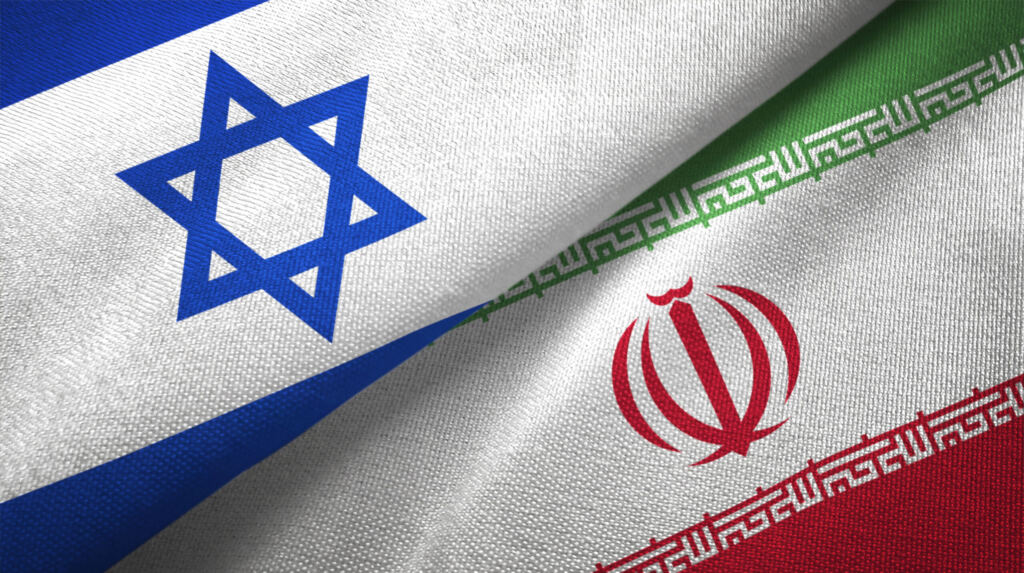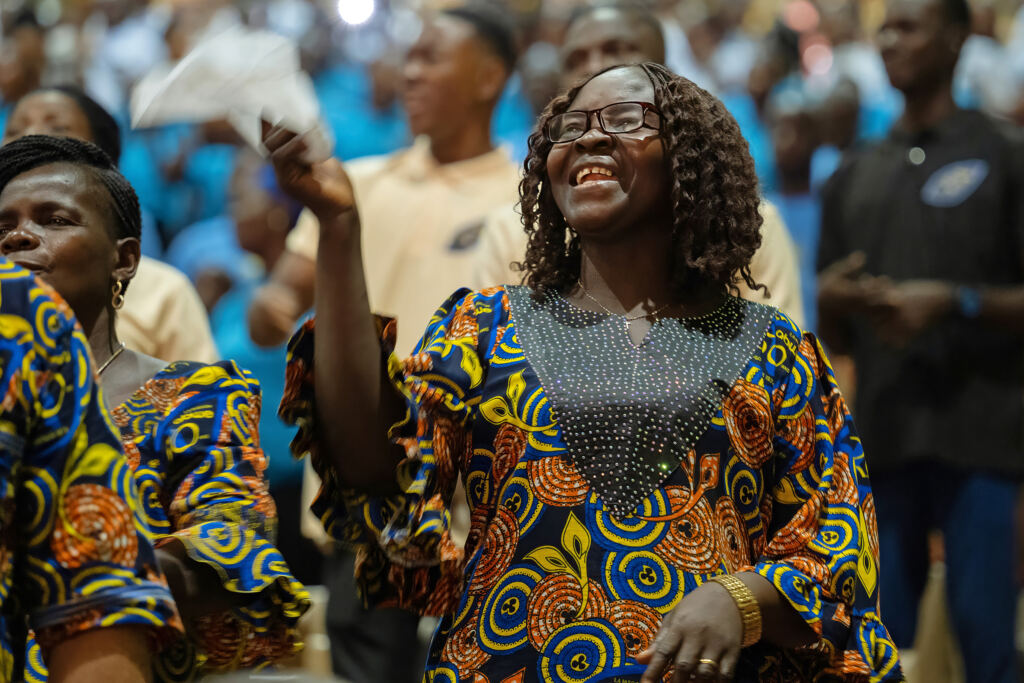Most of the news and information has been disseminated via social media by younger generations. After losing the majority in the Parliament during an election in November, the military Junta took control through a violent coup on February 1 when the elected parliament was gathered for their first session.
Chatter From Myanmar
Many people are trying to make sense of the constant flow of “live feeds” and Facebook posts that document the violence perpetrated on the population by the police and military. Most of the posts are in “Burmese” and translations are rudimentary and only provide a vague idea of the information presented. But a closer look will reveal that different language groups are commenting in their own mother tongue (MT), and individual comment threads can exist in five to seven other languages.
The original “Bamar” people who settled in Myanmar arrived around the 7th century AD. Since that time, other ethnic groups have migrated from the surrounding countries for a number of reasons: the rise of a hostile despotic leader, famine or natural disaster, and the search for an autonomous land area to name a few. In fact, there are currently over 100 MT languages in Myanmar.
But Myanmar is not unique! According to Wycliffe Translators, India has 122 major languages and 1,599 other languages and dialects. Nepal has more than 120 MT languages, Vietnam over 100, and Thailand over 50. It’s difficult to calculate exactly, but most translating societies say there are more than 7,000 languages in the world. Clearly, God’s intervention at the Tower of Babel was very effective (Genesis 11).
What does this mean for the global body of Christ and the advancement of the Great Commission?
Diversity of Languages
The full Bible is now available in 704 different languages, giving 5.7 billion people access to Scripture in the language they understand best. The New Testament is available in another 1,551 languages, reaching another 815 million people. Selections and stories are available in a further 1,160 other languages, spoken by 458 million people. How many languages still need translation? There are currently 3,945 languages with no Scripture. 167 million people, speaking 2,014 languages, still need translation work to begin. How many people have no Bible? 1 in 5 people, speaking 6,656 languages, do not have a full Bible in their first language.1
This research suggests that nearly 4,000 languages or dialects spoken by over 6,000 people groups have never heard a clear presentation of the Bible. These unreached people groups (UPGs) are found mostly in the 10/40 Window—an area designated by many missions agencies as the area where most of the world’s UPGs are found.
A Tool for Reaching UPGs
Live Global is using The Ancient Path Project (TAP), a literature project that has been partnering with national translators, evangelists, and church plants in five countries in Southeast Asia where many of the world’s UPGs live. In 2010, TAP was written first in Vietnam to answer the number one objection to Christianity in Southeast Asia: that Christianity is a Western religion. TAP traces the history of the Christian faith from its beginnings in the ancient Middle East, whose cultures are similar to those in Southeast Asia. The story of God’s love includes creation, the free will choice of Adam and Eve to leave the Ancient Path of God’s love, and the resulting corruption of every aspect of our lives, including separation from God. TAP tells the story of God’s redemptive plan to help mankind find the way back to the him by explaining the importance of Abraham and the promise of blessing to all people, Moses and the giving of the law, and the blood of a spotless lamb who spared the lives of God’s people and delivered them from slavery.
Several important prophetic promises provide the introduction of the incarnation of Jesus Christ, the Son of God, born as baby in a humble stable in a small town—a beginning common to mankind. TAP also illustrates the story of the miracles over nature, sickness, death, and demons, proving that Jesus is the Savior God, promised from the beginning.
Since 2010, TAP has been translated into more than 50 languages, and our partners in Southeast Asia have distributed more than three million copies. More than 30 of these languages are MT languages of UPGs that have no Scripture access or at most, one or two books of the New Testament. For most, TAP is the first opportunity for them to read the gospel story in their own language.
Work Remains to Be Done
The work is far from completed. There are still many people groups that have never heard the name of Jesus. Many of these groups live in Myanmar, especially in the Shan State where TAP is partnering with 22 national partner missionaries who are living among 12 different UPGs. These missionaries are “cross cultural” in the sense that they have relocated to a new area where a different language is spoken and the local population are a different ethnic minority from their own. The missions group has adopted innovative platforms for sharing the gospel, including a motorcycle repair shop, a barbershop, music lessons, computer training, and farming a leased field, side by side with the members of the community UPG. They are using TAP, which has been translated into five of the targeted UPG languages, with another three in development.
If you would like to participate financially in The Ancient Path Project through Live Global, you can help by providing all, or a portion of the funds needed to translate TAP into a new language ($300), print the first 10,000 of a new language ($1,200) or help a national evangelist go to a remote area to distribute TAP to those who have never heard.
Editor’s Note: This article originally appeared on Live Global March 15, 2021.




